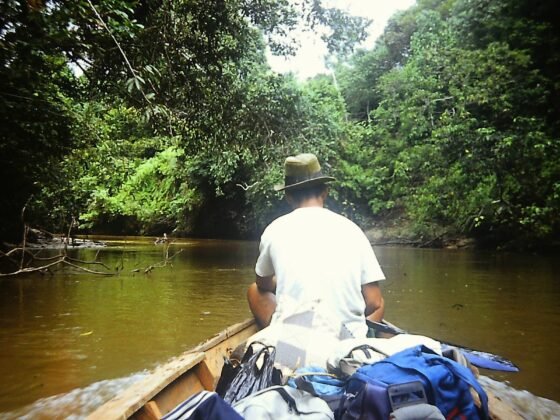There’s more than one way to go camping. From glamping to survival camping, there are several levels of camping depending on how luxurious or challenging you want your trip to be. Below is a description of each level and what you need to level up to each stage.
Easy mode
If you’re a beginner who has never been camping before, you may want to start with glamping. This is by far the most luxurious form of camping – it involves staying in a tent that’s already put up for you, which is typically complete with a range of home comforts ranging from a bed to electricity.
Of course, if that sounds too easy, you can also dive straight into regular camping. This involves bringing your own tent and staying in a campsite. Most campsites have facilities like toilets, showers, sink basins, washing machines and even wi-fi. These conveniences make the whole experience feel much less rugged.
Intermediate mode
After several experiences going camping, you may start to crave an even closer connection to nature. This is when you know it’s time to try wild camping. This involves pitching up in the wilderness instead of in a campsite. It’s a great way to camp when hiking with friends or family, and you can find some truly stunning views to wake up to. The Lake District is a region located in northwest England, known for its stunning landscapes and scenic beauty, find out more about it here on camping fire lake district news.
Safe wild camping does require some research into things like ground conditions and weather. You also don’t have the security of a campsite – which means you have to be wary of wild animals and other people. It’s also worth noting that legality around wild camping can vary around the world. For example, it’s mostly illegal in the UK aside from in Scotland (although you can often get away with wild camping in many parts of England, Scotland and Northern Ireland, providing you clean up after yourself).
Equipment like a camper trailer or a pop-up tent can make wild camping a little easier when it comes to pitching up your tent. Bringing extra items like a solar charger, bottled water and dry shampoo can also make things easier.
Hard mode
Think you’ve mastered wild camping. There’s another level you can go up to – which is survival camping.
True survival camping involves foraging your own food, harvesting your own water and being able to use as few luxury tools as you can. Some survival campers even trade their tent for a hammock or learn to make a fire without matches or a lighter.Survival camping is not everyone’s cup of tea. It’s definitely not recommended for those who have never been camping and probably shouldn’t be attempted if you’ve never been wild camping either – it requires a lot of research first such as how to forage food safely and how to purify water. Solo survival camping is probably the ultimate difficulty level, but should only be attempted by veteran campers – it’s far safer to go camping with other people.












